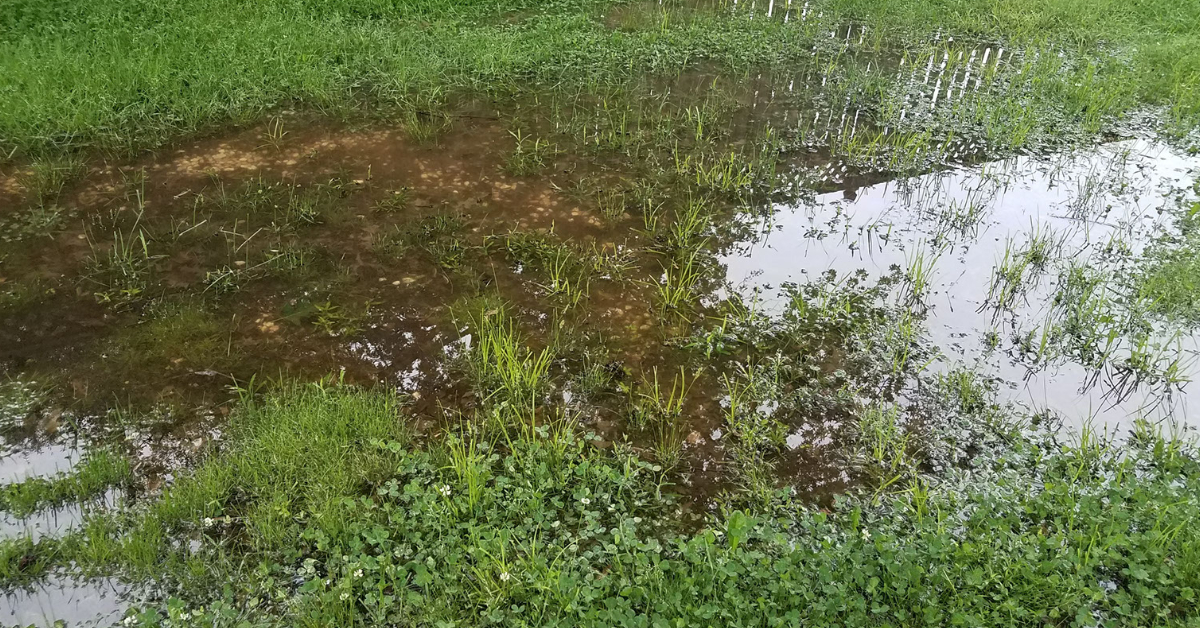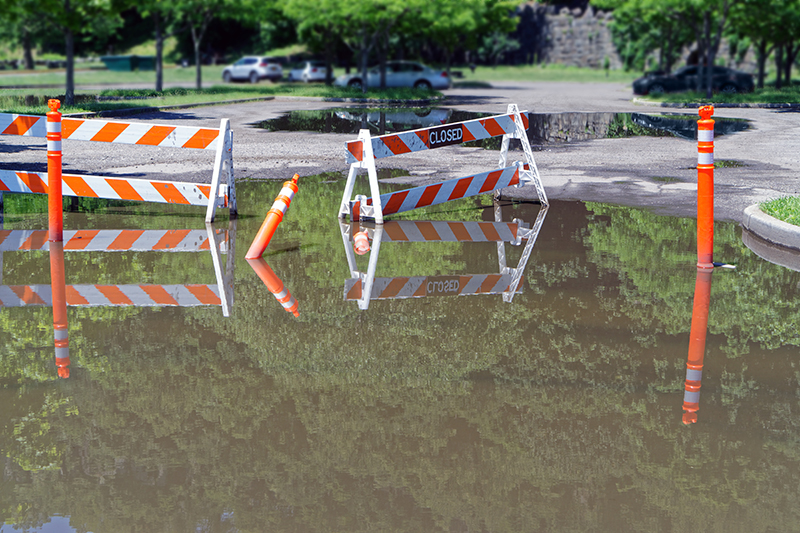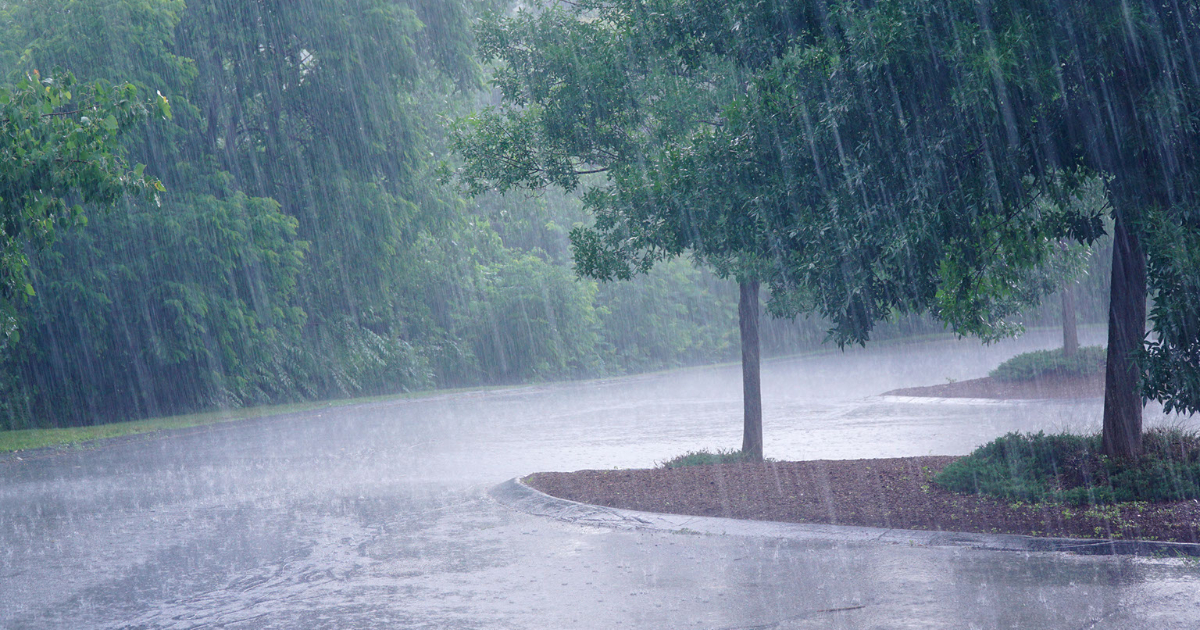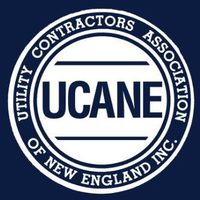
The main purpose of a stormceptor is to remove pollutants, hydrocarbons, suspended solids, sediment, and free oil from stormwater that forms during excessive downpours, and snowmelt that occurs in the early to mid spring season. In essence, stormceptors remove the pollution before the water either enters into local waterways, or is distributed to nearby retaining ponds or the main sewer system. Stormceptors can also be used as spill protection devices at commercial and industrial facilities.
For example, if a business accidentally spills a liquid and it enters into the drain, the stormceptor will help to remove the contamination from the liquid before it is released into local waterways, or is distributed to nearby retaining ponds or the main sewer system. That is good news for anyone that owns or operates a business where spills like that may occur because polluting the environment can costs tens, if not hundreds of thousands of dollars in fines and cleanup costs.
Since your stormceptor is such an important piece of equipment, they must be properly cleaned and maintained on a regular basis. It is certainly not worth the unnecessary risks to delay or even ignore this type of service. In fact, regular stormceptor inspection and maintenance is an efficient, cost effective, and proven method of maximizing your water resource protection and stormwater pollution control practices. At this point you may be asking yourself, when is a stormceptor inspection needed.
Inspections of the unit should always occur post construction, prior to putting the system into service. In addition, routine inspections are highly suggested during the first year that the stormceptor is in operation in order to properly assess the sediment buildup. Regarding future years, inspections should be based on the maintenance plan that was developed during year one. Please note that if you experience any chemical, fuel, or oil spills, your stormceptor should be inspected right away. The next question you may be asking yourself is when do you need to have your stormceptor cleaned?
The stormceptor should be cleaned out whenever the sediment reaches the recommended maintenance sediment depth, with is typically at 15% of the total storage capacity of the component. That way, your stormceptor will have the ability to sustain at optimum performance at all times. In addition, the removal of sediment is far easier when managed on a constant and consistent basis. For example, sediment buildup tends to compact, which in turn makes removal harder and add additional cleaning fees. If you experience a chemical, fuel, or oil spill the unit needs to be cleaned without delay.
The last but certainly not least question that you may be asking yourself is what type of conditions will compromise the performance of your stormceptor. If you fail to have your stormceptor inspected and properly maintained on a regular basis the unit will fill with sediment and other debris beyond its capacity limit. If that occurs, pollutants will not be removed as accurately or even at all. In addition, if an oil spill exceeds the oil capture capacity of the stormceptor, future spills will fail to be captured. If the buildup of debris blocks the inlet pipe, the effective removal of both hydrocarbons and sediment will be compromised.
If you have any questions about stormceptor cleaning, inspection, and overall maintenance, or would like to schedule service we are happy to help. Jolin Paving & Excavating, Inc. is your New England connection for a vast variety of environmentally related services. Our company has been serving Boston Massachusetts, Southern NH, VT & ME as well as Northern CT & RI since 1952. Please Contact us to learn more today.
continue reading






